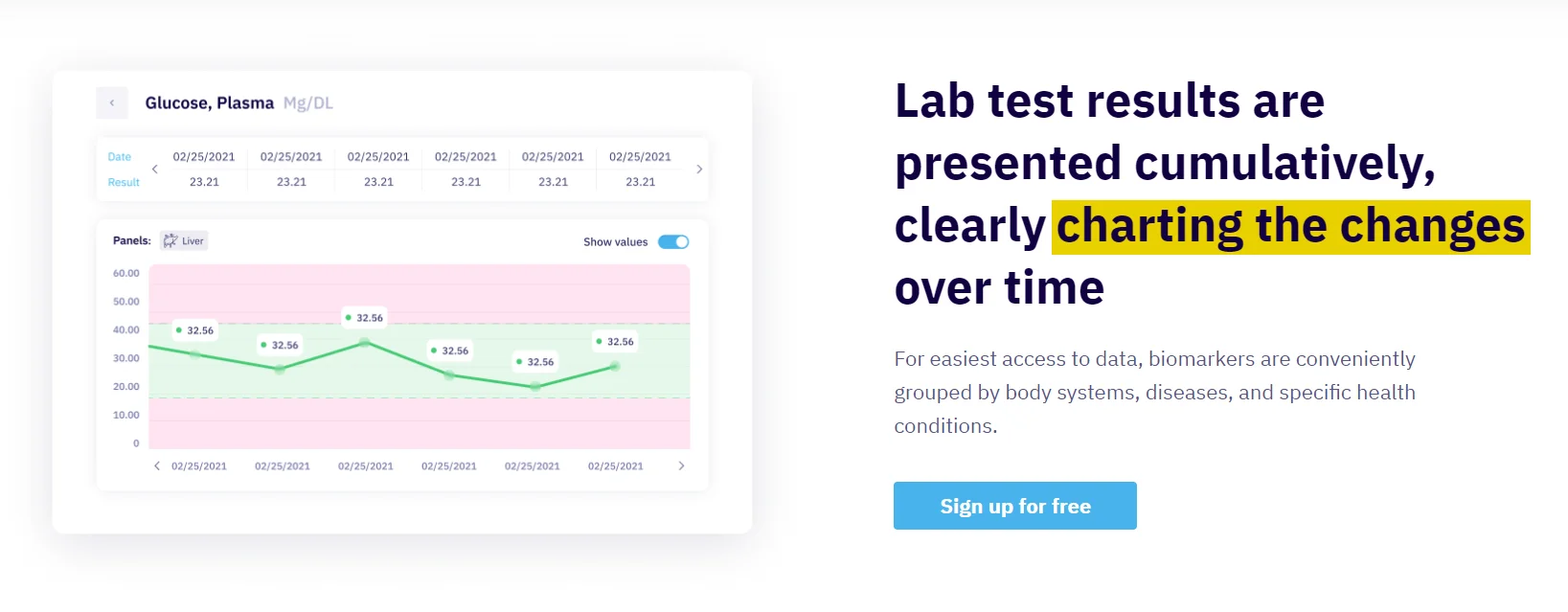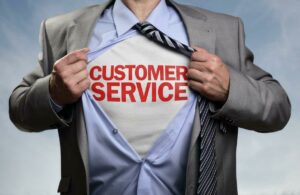How We Align Lean Principles in Our Software Development Process
The point of optimization is to dedicate all effort towards features and functionalities to add to the platform. In fact, optimization will considerably save time since each stage of the development will be done based on deadlines. Due to short deadlines or immense workload, quite often, respect within the team is neglected by developers.
- An oven’s design is such, that if you open the door, it stops automatically and saves electricity.
- Putting all the factors above together, contact us and get started with lean software development in a matter of days.
- According to this principle, a business should optimize the whole system rather than its separate parts to deliver real value to users.
- As a result, teams can build great applications that will last for years.
In this context, waste can refer to activities like rebuilding code or testing code. This is a method to visualize an entire software development lifecycle. It starts with the client’s request and ends with the deployment stage.
Software Development Lifecycle
Lean teams use a combination of the following tools to correctly document and retain valuable learning. The five principles of Lean encompass identifying value, mapping the value stream, creating flow, establishing a pull system, and striving for continuous improvement. They were established and popularized by the Toyota Production System (TPS), developed by Taiichi Ohno. A good way to ensure that they will be fitting change agents is to select only people who are not only enthusiastic but are influential in their teams (e.g., senior members, informal leaders, etc.).
In Lean, we identify steps which are slowing us down, eliminate them as it will help us in fast delivery of software solution to the client. In Lean, we develop and deliver software solutions, incrementally to the client. The above picture https://www.globalcloudteam.com/ shows the general functions, features, and documents usage data of a software development company. In any software company, there is usually a large portion of functions and features which are developed but never used or rarely used.
Lean principles
You essentially need a team of highly committed professionals to your project and are determined to extend high quality in the least time. With the use of lean development methodology, you can improve your product design, product development with better product management. We, however, stick to the principles point of view of Lean Software Development, all of which aim to speed up the delivery and extend high value to the end-user. The below lean principles are the best practices to make your product rule over the market. In the software development industry, Unnecessary Codes, Transportation, Partially Done Work, Defects, Task Switching, and Over Processing, these are some of the examples of above mentioned seven wastes. These wastes are to be identified and removed at every stage to deliver fast and better functioning features to the customer, and Lean Team members ensure they do it correctly.
Automation of as many manual, repeatable processes vulnerable to human error as possible. Minimise wait states by reducing task and context switching to avoid loss of focus and knowledge gaps. It wasn’t until 1988 that “The Toyota Way” was rebranded as “Lean”, with the term coined by John Krafcik’s 1988 article, “Triumph of the Lean Production System”. Lean manufacturing quickly became a highly influential culture and methodology adopted by companies around the world to great effect. Explore the strategic approach to Salesforce’s territory management.
The Drawbacks of Lean Software Development
Moreover, Scrum is good for the development process since people working under this method can work independently without being told what to do. Understanding of traditional software development processes helpful, not required. They understood that the ultimate goal of lean was to relentlessly pursue value over everything else.

Instead, strategize project assignments by who can minimize bottlenecks on the most critical resources. As engineers go from one task to another, this context switching can contribute to hours of waste throughout the day. One report from Cornell University’s Ellis Idea Lab and Qatalog found that when switching apps, it takes workers nine and a half minutes to get back into a workflow. If you account for workers going between multiple meetings throughout a day, constant communications, and more, it’s easy to see how context switching can contribute to waste. Consider the time required to coordinate schedules, translate information, have meetings, explain what’s going on, and answer any questions.
Responses to “7 Principles of Lean Software Development”
Lean software development methodologies can greatly benefit supply chain software development services, resulting in more efficient and effective solutions for businesses. Value stream mapping, Kanban boards, and continuous integration and delivery are effective methods and tools for adopting lean software development. Lean principles focus on making products that exactly fulfill the needs of customers. It prevents a development team from making features that no one wants.

Organizations may also find it difficult to strike a compromise between the demand for high-quality software and the necessity for quick delivery. Software development teams are guided by these principles when making decisions that emphasize value delivery, lean principles software development streamline procedures, and support a culture of ongoing learning and development. Making something that no one wants or likes is a waste of time and money. Lean manufacturing focuses on providing quality and value for clients and production teams.
Lean vs Agile software development – competing or complementary?
Delayed or poor communication either within a software development team or between it and other stakeholders, results in delays and a drop in focus and enthusiasm if the problem lies with external stakeholders. Poor communication to stakeholders from development teams can have a negative impact on the organisation’s attitude to digital transformation. The Lean tradition in product development was continued by the influential 2011 book The Lean Startup by Eric Ries.

Continuous improvement can only blossom if every person on your team embraces ownership. This can prove difficult when they can’t even handle the smallest issues on their own. Place more trust in their expertise and increase their independence in time according to their performance. Simply put, in a push system, work items are created and then assigned to team members by team managers or leaders. In other words, work is pushed onto the people who will be executing it. Among the most common bottlenecks in any process are the review stages because most of the time, the people reviewing work items are fewer than those that submit it, and often, the reviewers become overwhelmed.
What is the difference between Lean development and Agile?
This helps us in preventing the overload of the development process. Take advantage of tools like minware that give a complete overview of the software development life cycle and help reduce waste from defects and process inefficiencies. The biggest type of waste emphasized in The Lean Start-up, over-building involves delivering software at a higher level of quality or functionality than customers are willing to pay for. As you apply lean methodology to software development, here are the different kinds of waste you may encounter.
